How to Build a Small Business Website That Actually Gets Clients (2025 Guide)
By Sanderson on November 2, 2025
![]()
A beautiful website is nice.
A website that gets clients is power.
In 2025, small businesses don’t just need a web presence — they need a digital engine that captures attention, builds trust, and converts strangers into loyal customers. Whether you’re a salon owner, plumber, contractor, clinic, real-estate team, or local services brand, your website can become your hardest-working employee — if it’s built the right way.
This guide is an end-to-end masterclass: clear strategy, clean UX, conversion copy, SEO foundations, speed and accessibility, launch checklists, analytics, continuous optimization, and a practical toolkit. It’s designed to be implemented — by you, your in-house team, or a partner like ServEngines — without fluff.
🧠 Mindset Shift: Your Website is a Salesperson, Not a Poster
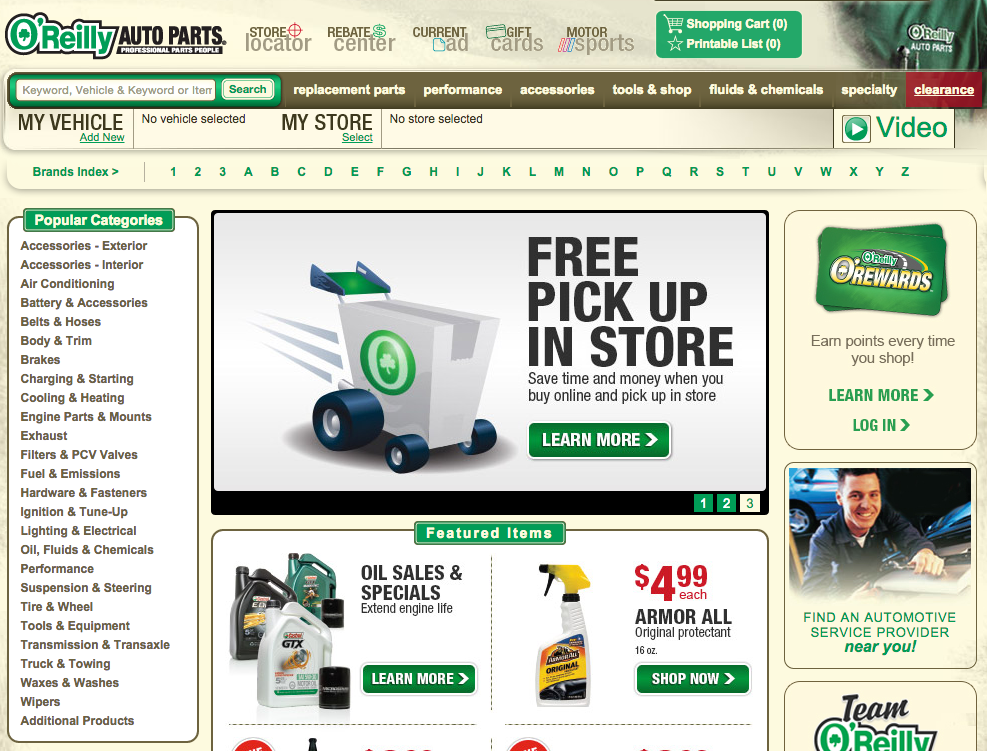
Most small businesses treat the site like a digital brochure. Brochures don’t follow up, handle objections, or book appointments. Salespeople do. Build your site like a top closer:
- Greets fast: Loads in under 2–3 seconds.
- Qualifies: Signals who you help and why you’re different.
- Handles objections: Clear pricing context, FAQs, guarantees, testimonials.
- Closes: One primary call-to-action repeated consistently.
Key questions to answer above the fold:
- Who is this for?
- What problem do you solve?
- Why should I trust you?
- What’s the next step?
🎯 Part 1 — Strategy Before Design

1) Define the one metric that matters
Pick a single macro-conversion for your site (calls, bookings, quote requests, purchases). Everything else supports it.
2) Audience and intent mapping
List your top three buyer personas and the search phrases they actually use:
- “affordable web design for salons”
- “small business website redesign near me”
- “fast website for contractors that rank on Google”
Map each persona to a landing experience that matches their intent.
3) Unique value proposition (UVP)
Make your UVP painfully specific:
- “Modern website + AI chat assistant + Google-ready SEO in 14 days.”
- “Done-for-you redesign that loads under 2 seconds and doubles your leads.”
4) Offer architecture
Bundle the things clients care about: fast timeline, clear price range, visible ROI, and support. Remove risk with guarantees or phased payments.
💎 Part 2 — What High-Performing Sites Share
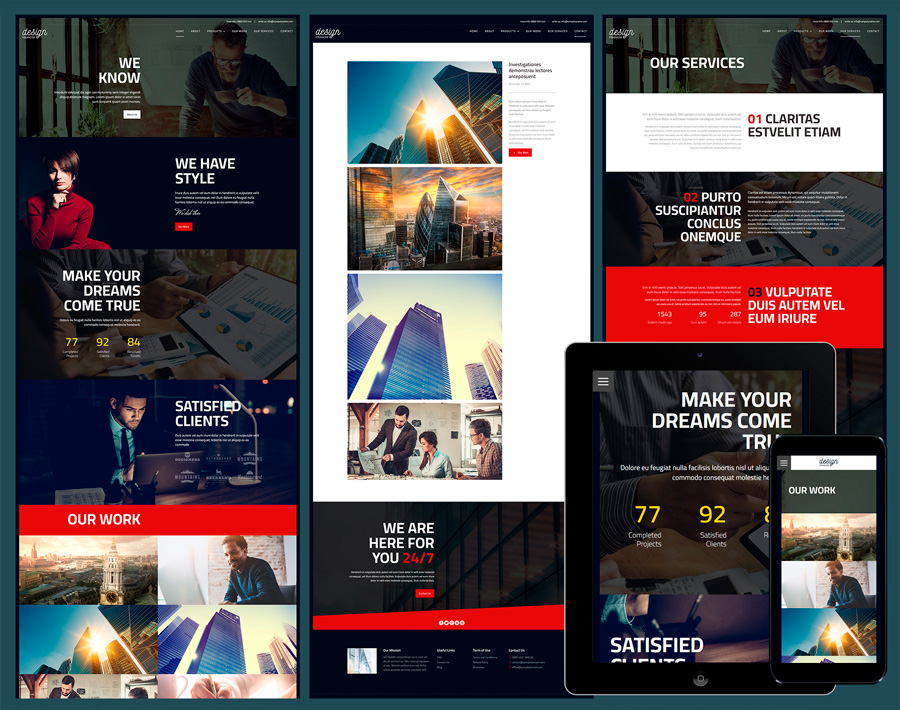
Speed, stability, security
- Lighthouse score 90+ on mobile.
- Image compression, lazy loading, CDN.
- HTTPS, weekly backups, monitored uptime.
Mobile-first UX
Over 60% of local traffic is mobile. Use large tap targets, short forms, sticky CTAs, and ultra-legible typography.
Clear information architecture
- Primary nav: Home, Services, Work/Results, Pricing, About, Blog, Contact.
- Footer: NAP (Name, Address, Phone), social, quick links, legal, mini sitemap.
Trust accelerators
- Real photos of you/your team, not stock.
- Before/after galleries, case highlights, recognizable client logos.
- Reviews with names and locations.
- Certifications and media mentions.
Conversion design
- One primary CTA repeated in hero, mid-page, and footer.
- Social proof near CTAs.
- Pricing context and next-steps clarity.
🧩 Part 3 — The Build Process (Step-by-Step)
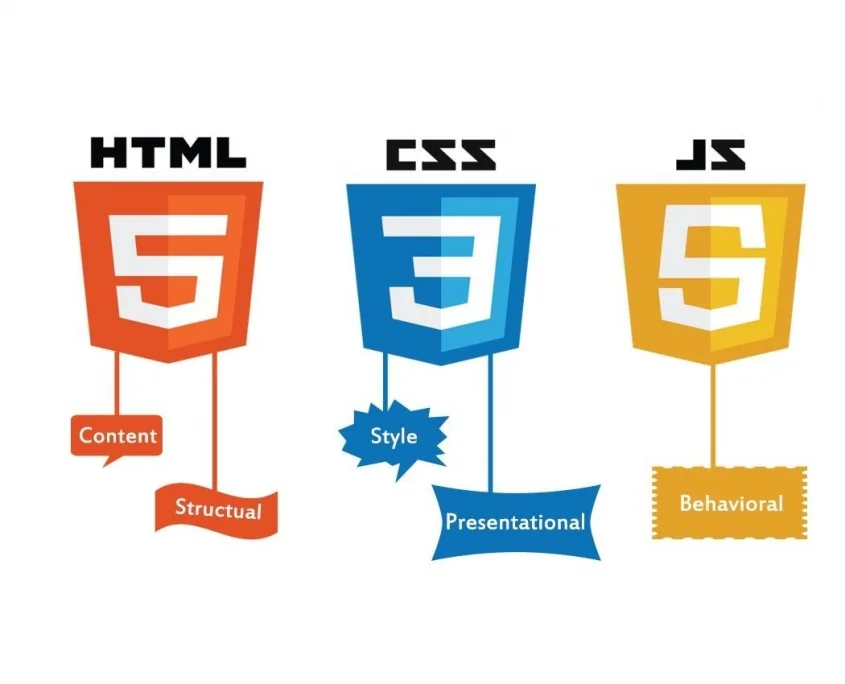
Step 1: Discovery & Planning
- Goals, constraints, pages, integrations.
- Gather testimonials, portfolio, brand assets.
- Choose stack (e.g., Next.js + Tailwind + CMS) for speed and flexibility.
Step 2: Sitemap & Wireframes
Sketch low-fidelity layouts: hero → benefits → proof → offer → CTA. Keep one story per page.
Step 3: Conversion Copy
Replace generic claims with outcome-driven statements:
- “Launch in 14 days.”
- “< 2s mobile load.”
- “Average 2.3× more inquiries in 60 days.”
Step 4: Visual Design
Use a restrained palette, ample white space, and one accent color for CTAs. Avoid cluttered hero sliders; use one decisive hero with a clear message.
Step 5: Development & Integrations
- Semantic HTML, accessible components, keyboard navigation.
- Analytics (GA4), Meta Pixel, LinkedIn Insight Tag.
- Form/booking integrations, CRM or Sheets logging, email notifications.
Step 6: Performance Pass
- Preload key fonts, compress images, defer non-critical scripts.
- Test TTFB, LCP, CLS, INP. Fix anything > Core Web Vitals thresholds.
Step 7: QA & Launch
- Cross-browser and device tests.
- 404/redirects, XML sitemap, robots, canonical tags.
- Submit to Google Search Console. Monitor crawl/index coverage.
🚀 Part 4 — SEO Foundations That Work in 2025
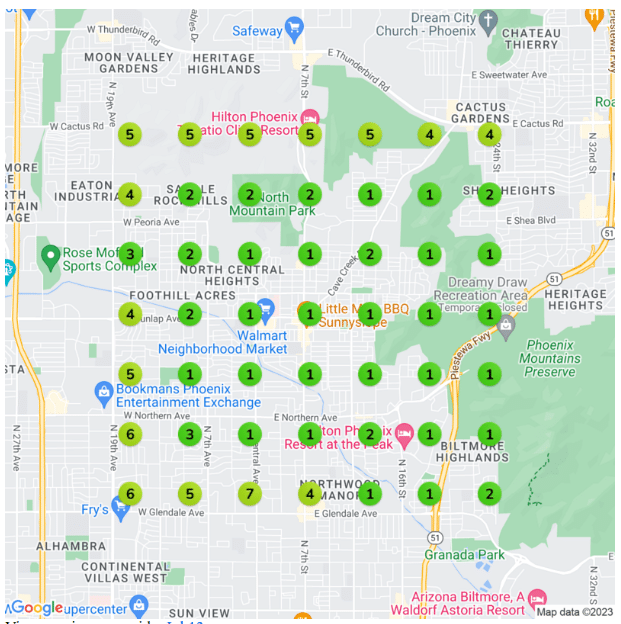
Keyword strategy that mirrors real demand
Balance service + geo intent:
- “web design for salons NYC”
- “contractor website redesign Bronx”
- “affordable small business website package”
On-page structure for every money page
- One H1 with the core keyword.
- Descriptive slug (e.g., /salon-web-design-nyc).
- 2–3 H2 sections answering top objections.
- Internal links to related services and case studies.
- Optimized images with alt text conveying context (not keyword stuffing).
Local SEO essentials
- Consistent NAP across site + directories.
- Google Business Profile: categories, services, products, FAQs, regular posts.
- Location pages with unique copy, embedded map, and localized testimonials.
Content engine (low lift, compounding ROI)
Post 2–4 educational articles/month:
- “Salon Website Checklist to Book More Appointments”
- “How Page Speed Impacts Local Rankings”
- “Before/After: Contractor Website Redesign That Doubled Calls”
Add an FAQ block to each post targeting People-Also-Ask questions. Link back to your service pages.
Backlinks & authority
- Industry directories and local chambers.
- Partner features, guest posts, supplier pages.
- Sponsor a local event; request a link.
⚡ Part 5 — UX Patterns That Convert

Above-the-fold checklist
- Specific headline (problem → outcome).
- 1–2 credibility badges (reviews, years in business).
- Primary CTA (Book, Call, Get Quote).
- Secondary path (See Work, Pricing).
Service page layout (repeatable)
- Pain → Promise (what changes for the customer).
- Proof (photos, short case, one metric).
- Process (3–5 steps).
- Packages or “typical range”.
- FAQ and objection handling.
- CTA.
Form best practices
- Keep it short: name, email/phone, service, message.
- Offer calendar booking where possible.
- Show response time and what happens next.
📊 Part 6 — Analytics, Tracking, and Insight
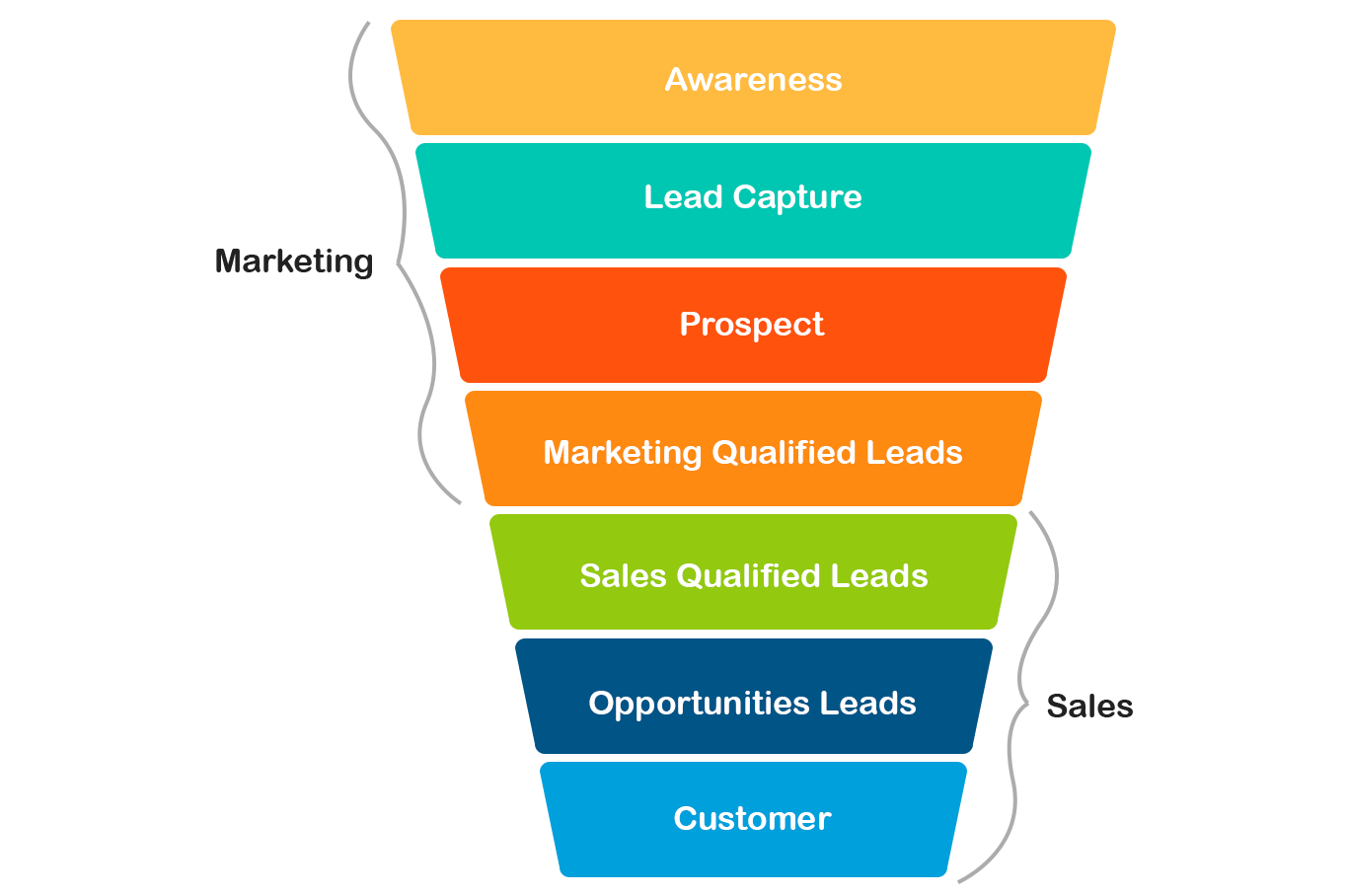
Baseline metrics to watch monthly
- Sessions (organic, paid, referral).
- Call clicks, form submissions, bookings.
- Conversion rate per page and per device.
- Top exit pages (fix leaks first).
- New vs returning visitors (brand building).
Practical experiments
- A/B test hero headline + CTA label.
- Add social proof near the main CTA; measure lift.
- Reduce form fields from 6 → 4 and track completion rate.
- Swap stock photo → real team photo; watch time on page.
🛡️ Part 7 — Maintenance & Reliability
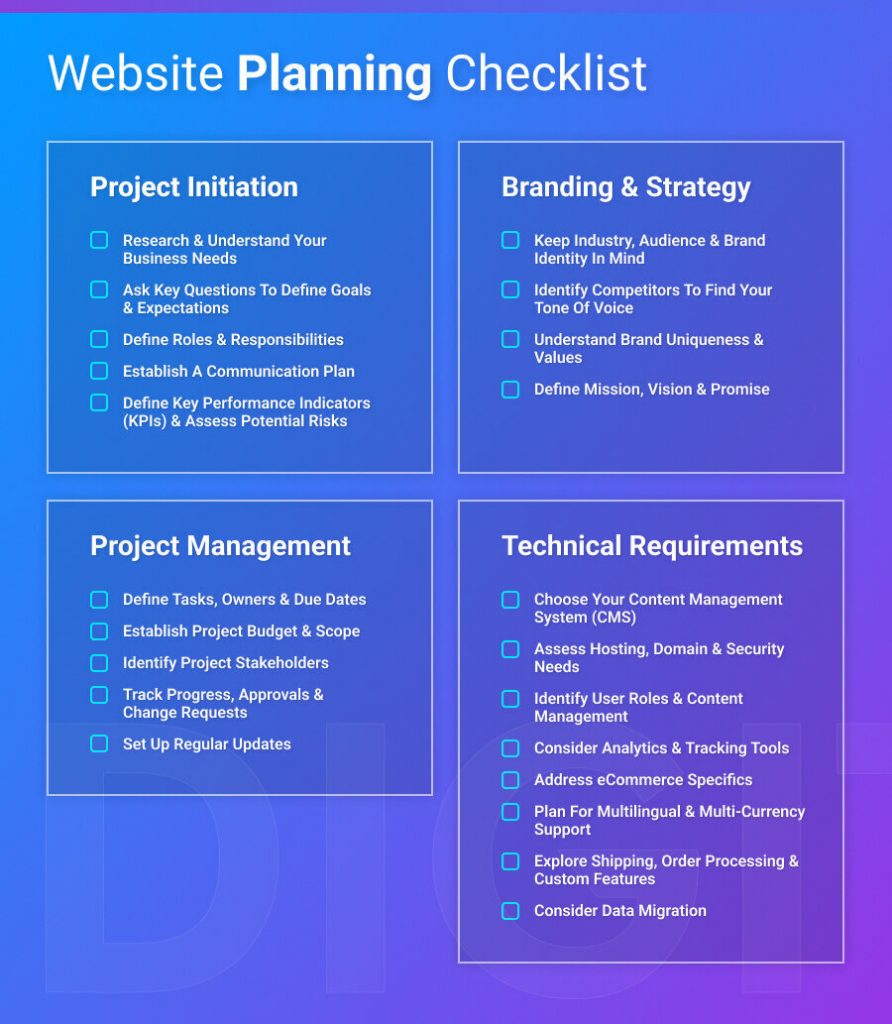
Monthly
- Plugin/dependency updates, backups verified.
- Form tests, link checks, speed spot-checks.
- Add new testimonial or a recent project.
Quarterly
- Content refresh on top money pages.
- Re-evaluate keywords and internal linking.
- Review accessibility (contrast, focus states, alt text).
Yearly
- Visual refresh of hero/portfolio.
- Replace low-performing sections.
- Re-shoot brand photography if needed.
❌ Part 8 — Common Conversion Killers (and Fixes)
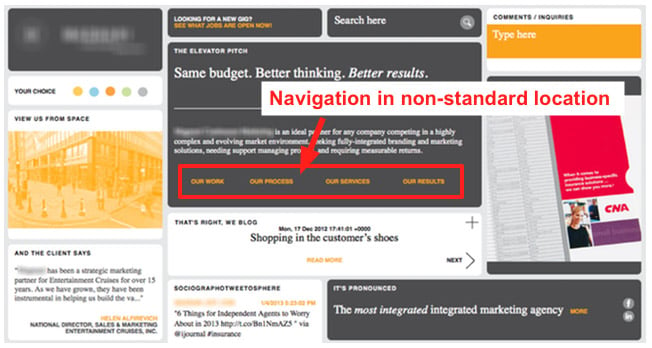
- Slow mobile pages: Compress images, remove heavy scripts, serve next-gen formats.
- Muddy navigation: Simplify. Group services. Add utility links in the footer.
- No proof: Add 2–3 testimonials with names, locations, and outcomes to each money page.
- Weak CTAs: Use action & outcome: “Book a Free 15-Minute Website Audit.”
- Walls of text: Break into scannable sections with icons, bullets, and images.
- Generic stock: Replace with real photos and actual results.
🧪 Part 9 — Case Snapshot: From Invisible to Booked Solid

A boutique salon’s old site loaded in 7s on mobile and buried the booking button. After a focused rebuild:
- Load time: 7.0s → 1.8s
- “Book Now” clicks: +212%
- Top 3 local rankings for two core services in 60 days
- Inquiry quality improved (more ready-to-buy leads)
Lesson: Speed + clarity + proof → reliable growth.
💬 FAQs
How much should a professional small-business website cost?
Typical range is 2k–6k depending on scope, pages, SEO, and integrations.
How long does it take?
2–4 weeks with content ready; more if we’re creating copy and photo assets.
Can I update it myself?
Yes. Use a CMS (or lightweight admin) for services, pricing notes, and blog posts.
Do I need a blog?
If you want organic rankings and lower ad spend long-term — yes. Publish helpful, specific posts that tie back to services.
What about AI chat and automations?
Smart chat, call-to-SMS, and appointment flows can lift conversions 10–30% if implemented thoughtfully.
📚 Copy Templates You Can Steal
Hero headline (problem → outcome)
Get a Website That Actually Brings You Clients — Fast, Modern, and Built for Google.
Subheadline (credibility + timeline)
Launched in as little as 14 days • Mobile-first • Under-2s load time • Set up for local SEO.
CTA
Book a Free 15-Minute Website Audit
Mini process
Plan → Design → Build → Launch → Grow
Benefits bullets
- Fast pages that rank and convert
- Clear pricing and modern design
- Real results: calls, bookings, quotes
🧰 Tooling & Stack Suggestions
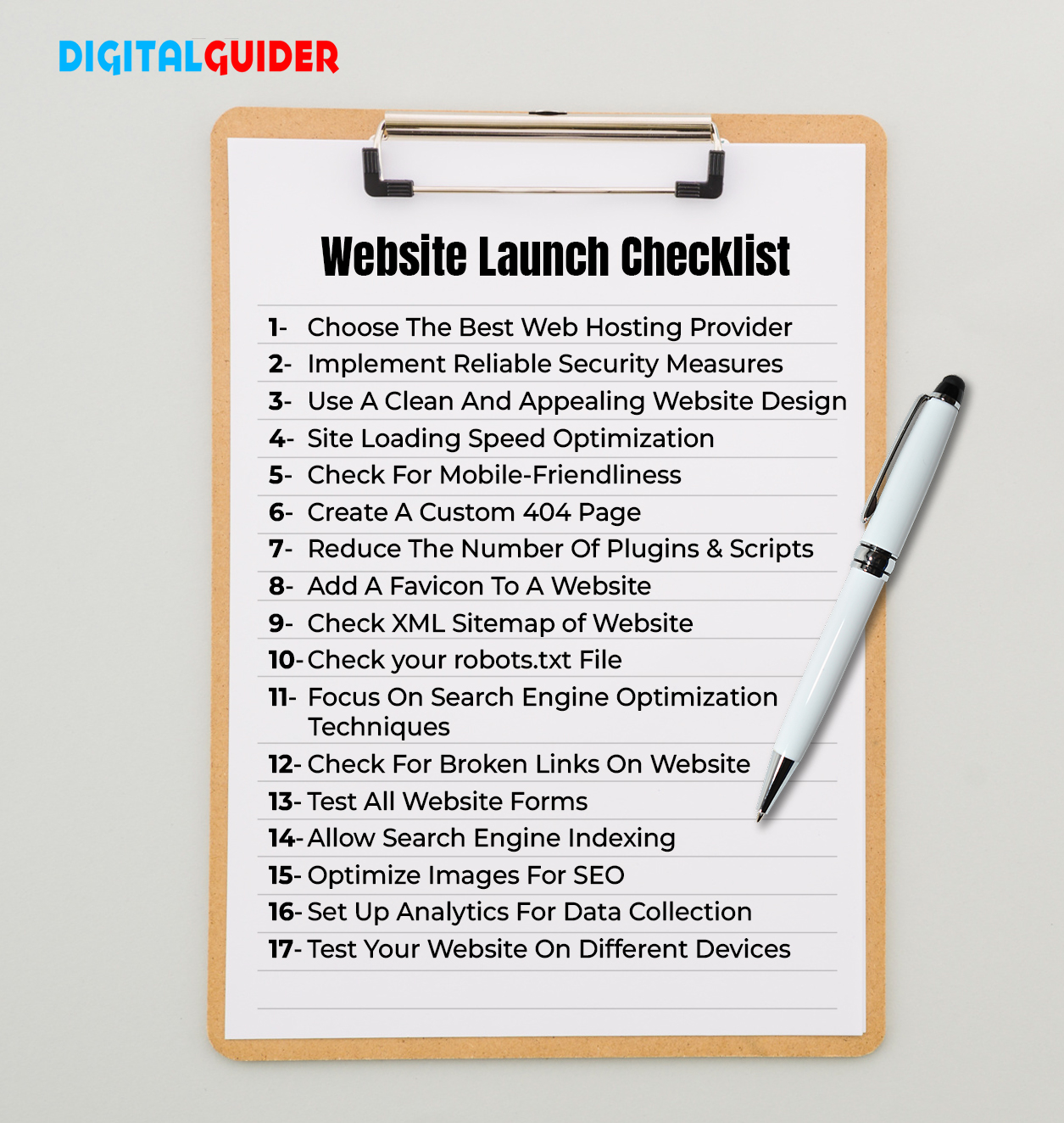
- Build: Next.js, Tailwind, Vercel
- CMS (optional): Sanity, Contentlayer/MDX, or WordPress (headless)
- Images: Next/Image, TinyPNG compression, WebP/AVIF
- Analytics: GA4, Search Console, Meta Pixel, LinkedIn Insight
- SEO helpers: XML sitemap, robots.txt, canonical tags, schema
- QA: Lighthouse, PageSpeed Insights, GTmetrix
- Ops: UptimeRobot, cron backups, error logging
🧾 Launch Checklist (printable)
- Domain, SSL, DNS verified
- 301 redirects and canonical URLs
- Title/meta set per page
- Schema: Organization, LocalBusiness, FAQ where relevant
- XML sitemap submitted
- Forms and emails tested (success + failure)
- Favicon/OG/Twitter images present
- Core Web Vitals green on mobile
- Accessibility pass (labels, contrast, focus)
💡 The Real ROI

A 3k–5k site that consistently adds even one extra $1,500–$2,000 client/month pays for itself in weeks — and compounds over years via brand equity, SEO momentum, and referrals. The real value isn’t the “site” — it’s the system you now own.
🏁 Conclusion
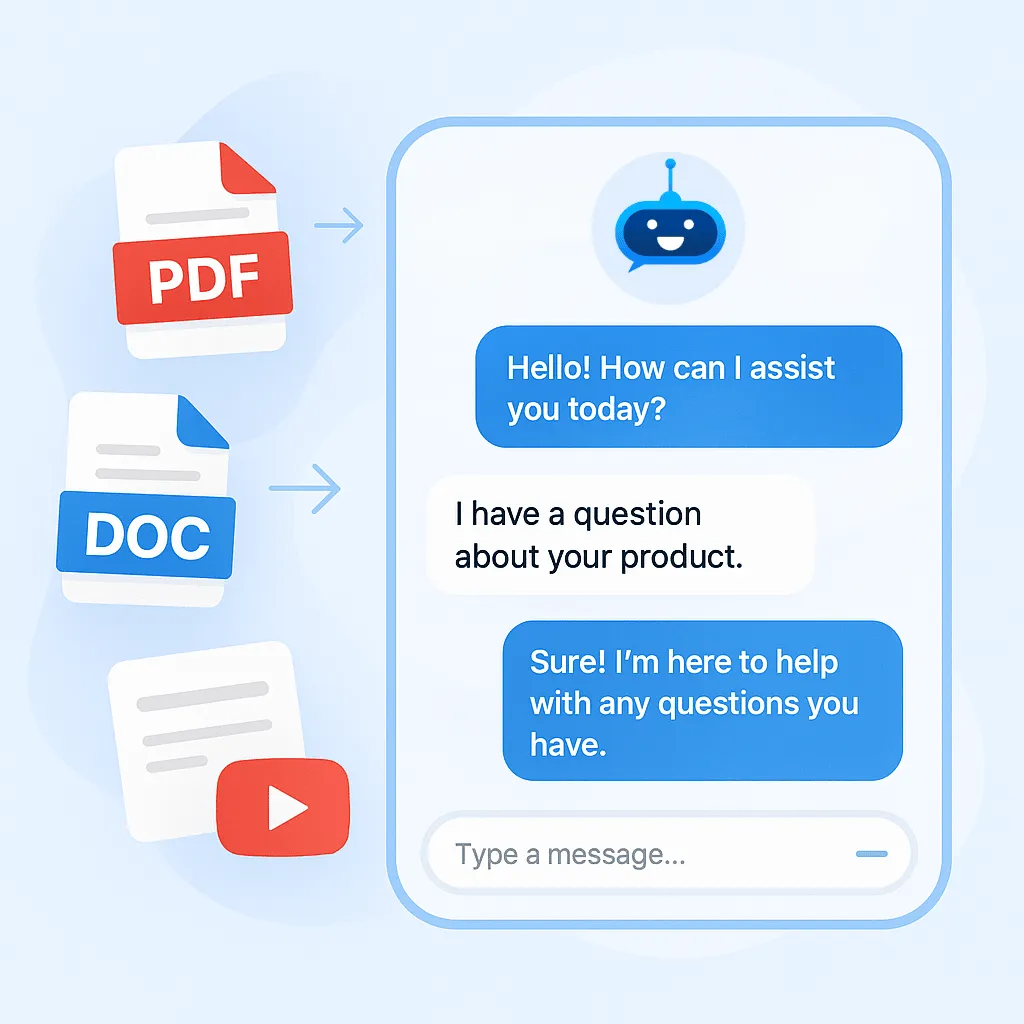
If you want a website that truly gets clients, build it like a closer: fast, trustworthy, intentional, and measured. Follow this playbook step by step — or partner with a team that lives it daily.
Next steps for you this week
- Run your site through Lighthouse on mobile.
- Re-write your hero using the templates above.
- Add testimonials near every CTA.
- Publish one helpful blog post targeting a real search question.
- Measure conversions for 30 days — then iterate.
Let’s build something that works while you sleep.
Written by ServEngines — We build fast, modern, client-booking websites for small businesses and local brands. `;
Ready to Build Your Digital Growth Engine?
A powerful website or an AI chatbot can transform your business. If you're ready to see real results, let's have a conversation.
Get a Free Consultation